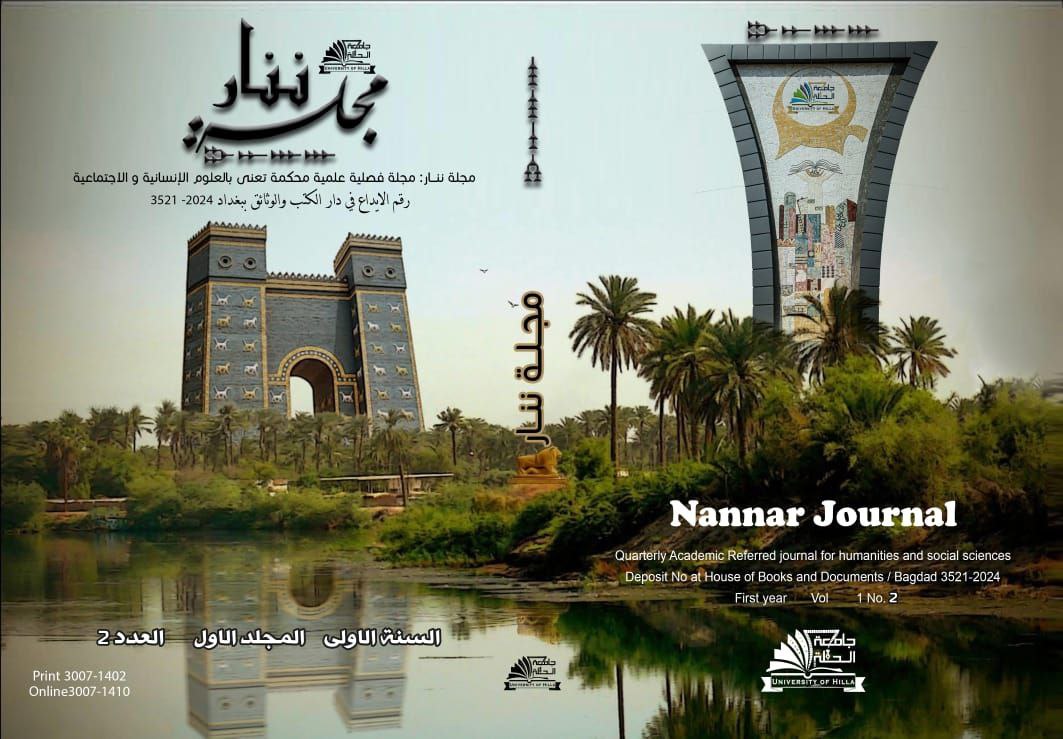Quranic Stories in Arabic Drama The Play "The People of the Cave" as a Model
Keywords:
القصص القرآني، المسرحية العربية، توفيق الحكيم، أهل الكهفAbstract
Since the inception of the first pioneer of Arab theatre, the artist Maroun al-Naqqash in 1847, Arab playwrights have strived to capture the themes of their theatrical texts in accordance with their intellectual, artistic and ideological references. The writers varied in their themes, some of them went in the direction of history and took its events and figures as themes for their plays, while another group tried to imitate Western plays in terms of style and subject matter. Another section turned to the holy heavenly books, drawing on their stories, events, and biographies of their characters.
The reader of Arab theatre will notice that many theatrical texts have expanded their ideas with stories taken from the Bible, and other theatrical texts have inspired their writers with stories from the Qur’an, such as what the Arab playwright Tawfiq al-Hakim did, who took from the stories from the Qur’an the subjects of two of his plays, namely (The People of the Cave) and (Solomon the Wise), and the Iraqi writer Khader al-Ta’i, who wrote a poetic play entitled (The People of the Cave(.
The current research examines the play "The People of the Cave" by Tawfiq al-Hakim, a comparative study of the text of the Qur'anic narrative and the text of the dramatic narrative, examining the purpose, structure, and similarities between the two stories. Furthermore, the research explores the aesthetic distance between the Qur'anic narrative and the dramatic narrative by examining the elements of dramatic structure in the two texts, expanding the distance between them, and examining the points of convergence and divergence between the two structures.
The current research contributes to the benefit of researchers, critics, and writers through its presentation of structural and dramatic concepts, in addition to revealing the undefined horizons of Quranic meanings and how to benefit from them in literature and drama. It also reveals the extent of the benefit achieved from the juxtaposition between the Quranic and dramatic texts, and opens up horizons for adopting more Quranic themes in intellectual, artistic, and literary achievement.





